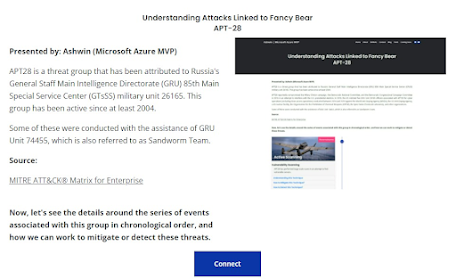Track Common Adversary Tasks Performed Using PsExec

To know more about it, you can go through my detailed document by clicking here PsExec It's a free Microsoft tool that can be used to execute processes on other systems with full interactivity without even installing a client software manually. Hence, it is widely used by both IT administrators and attackers. PsExec is extremely versatile as well as capable due to its compelling characteristics and easy to use functionality which also makes it popular among Windows administrators for remote command execution. Prerquisites These include: PsExec is a Windows-only solution that works between Windows computers. A Windows host computer is required to connect to the target Windows host. Admin share should be available on the target Windows system. Proper connectivity should be maintained between the host you are running PsExec, and the target computer you want to manage. How does PsExec works? Its workflow is as follows: Firstly, it extracts an embedded Windows ...





